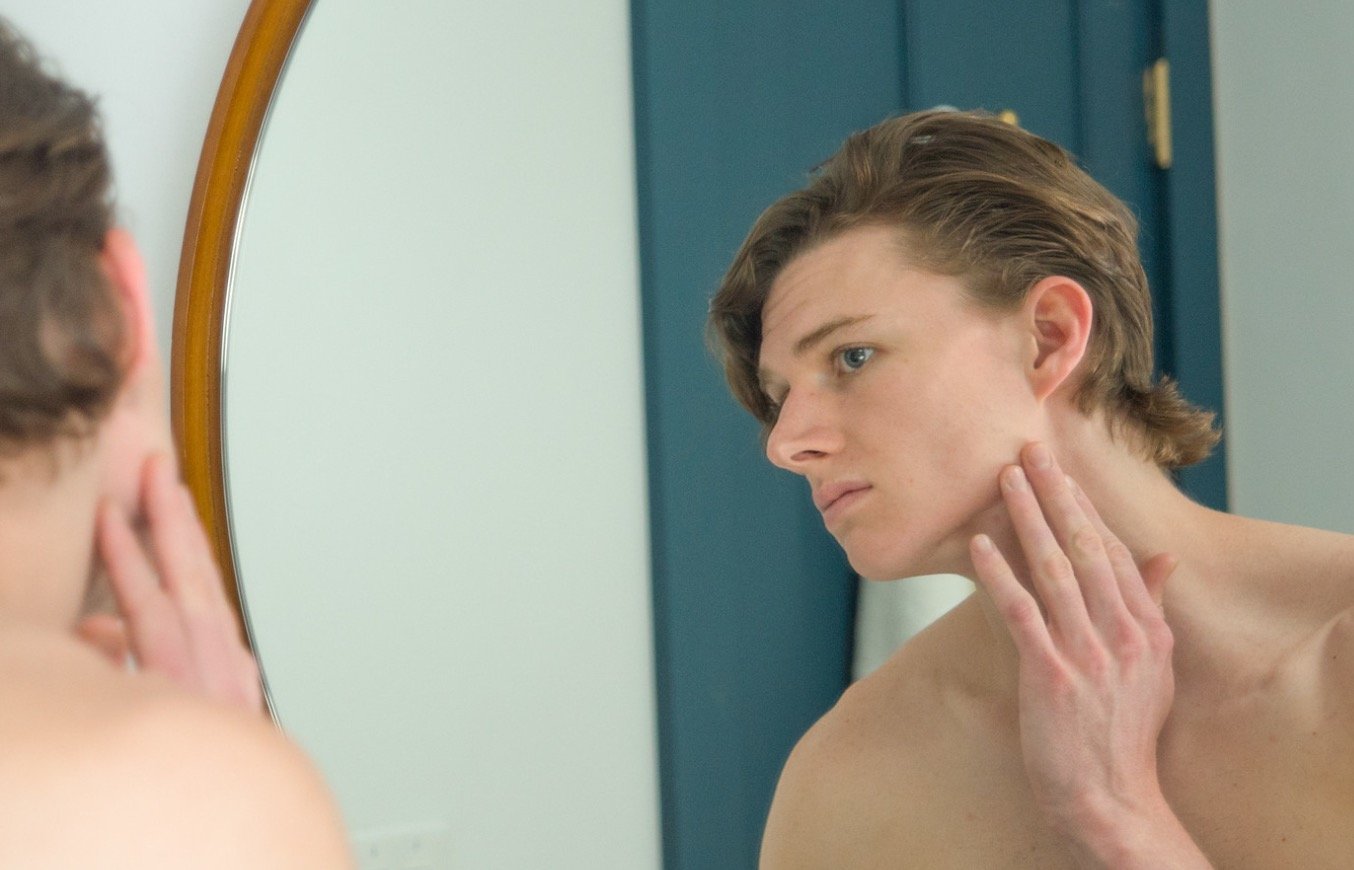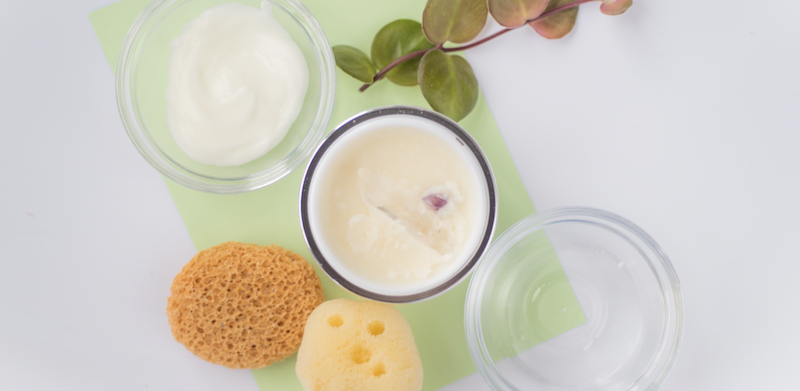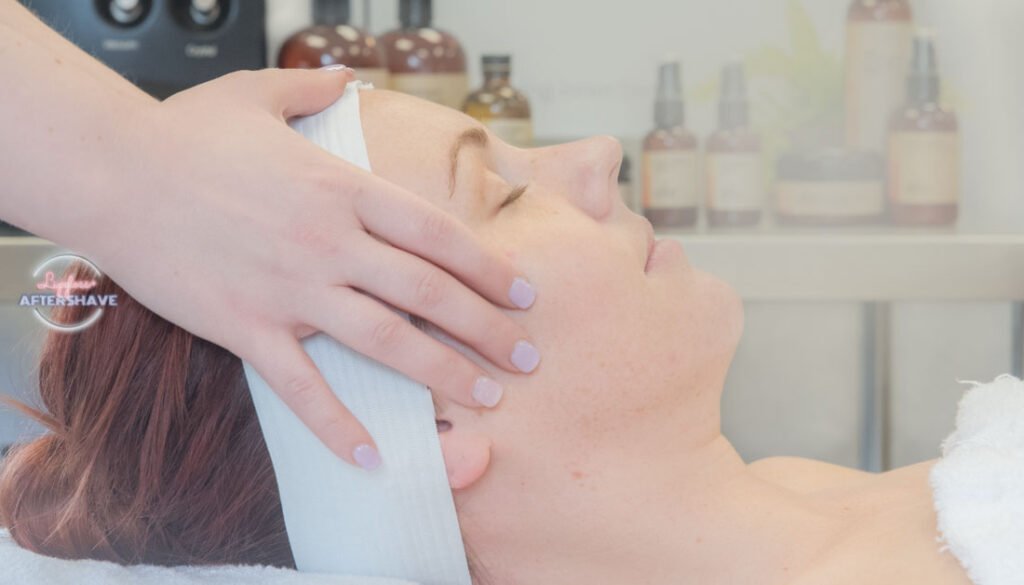[libsyn_podcast id=9280484]
Rosacea has become the “Kleenex®” of facial skin conditions- a generic placeholder for all signs of redness. It is the duty of professional skin care practitioners to understand the nuances of this unique, chronic disease.
Researchers disagree on the exact etiology, prevalence, and management of the disease, but there are several agreed upon subtypes and a wide variety of clinical appearances that affect 14 million patients in the United States. Management of this condition is often challenging for estheticians because each subtype requires unique treatment and many diseases share common symptoms, complicating the diagnosis. Chances are rosacea will be reorganized into several distinct conditions, but for now if you have recurring facial erythema that gets worse with sun, salsa, and tequila shots, you have rosacea.
Rosacea’s causes are both genetic and environmental. Clinical presentation has a variety of potential symptoms, including combinations of one or more of the following:
- Facial redness and inflammation
- Itching and burning
- Vascular hypersensitivity and telangiectasia
- Thickening of the skin, commonly around the nose
- Acne-like papules and pustules
- Dry, red, and inflamed ocular area

Trying to differentiate between Rosacea and other skin disorders with similar symptoms takes a keen eye. Seborrheic Dermatitis has Rosacea’s redness and itchiness, but with different distribution patterns and a telltale flaking. Acne Vulgaris mimics rosacea’s lesions but will include otherwise absent open comedones (blackheads) and tends to improve, unlike rosacea, with UV radiation. Systemic Lupus Erythematosis (SLE) and Chronic Photodamage due to excessive sunlight exposure must also be considered.
Pathogenesis
The causes of rosacea are multifactorial and deserve their own textbook. The majority of research cites genetic components, extrinsic “trigger” factors, and microorganism (Demodex mite) over-proliferation. Immune system dysfunction has also been observed.
Several of the environmental “triggers” can be identified in order to manage reactions. The most common are:
- UV Radiation
- Most rosacea patients find that sunlight will cause flushing and worsen their condition
- Diet
- Experiment with eliminating spicy foods and/or caffeine
- Alcohol Consumption
- Triggers exaggerated vasodilation (and emotions)
Treatment – Management and Follow-Up
The bad news is rosacea is not currently curable. The good news? It’s treatable and manageable! Communicating these expectations and adaptable treatment plans will yield the best results. When taking charge of the situation, there is no direct path or protocol because the disease has so many potential causes that each case needs its own specialized treatment pathway.
This calls for the “gray area” esthetician! The world of rosacea is not black and white. It’s red…but you get the point.
Working from a place of trial and error, experimentation, and a step-by-step process allows you to find what manages the symptoms and what causes it to flare-up. What all plans need are dialogue, in-office treatment, and consistent home care.
Ingredients
Where to Start

Azelaic Acid acts as both an anti-inflammatory and antibacterial. It has a large body of research showing positive effects on Rosacea.
Retinols may improve associated photodamage. While Vitamin A helps over time, start slow and let your clients know it will potentially get worse before it gets better.
Beta Glucan has been shown to assist the body’s natural responses to inflammation and is a go-to ingredient for nearly every client.
*If working with a physician, many treatment pathways do include internal and topical prescriptions with contraindications. Make sure their current and ongoing medical treatment become part of the discussion.
What to Avoid
Fragrance acts as a catchall that may include irritating ingredients and allergens. Look for companies with open visibility when it comes to disclosing ingredients listed under this designation.
While a great Band-Aid, clients with rosacea and sensitized skin have potential to become dependent on surfactants & emulsifiers; being conservative with these is best for the client, long-term.
Long-term use of topical corticosteroids, intended to reduce inflammation, can cause rosacea symptoms.
Fact or Myth? “Warmth should be avoided at all cost.”
Rosacea is known for its sensitivity and aversion to heat. This is not going to be a contraindication when looking to combat the disorder. A significant association has been found between rosacea development and demodex mite skin infestation. Used correctly, products that create pseudo-heat like niacin and cinnamon oil act as population control for the little buggers.
Conclusion
Because of the ongoing nature of treatment and the dependence on patient buy-in, professional estheticians are in the best position to manage this condition. The experience and clinical skill required mixed with the consistent communication necessary to motivate patient compliance and behavioral changes leaves licensed professionals in a position for the greatest success.
Just remember to get comfortable in the gray area, as there are no absolutes in this treatment. Expectations should be set towards managing symptoms rather than curing the disease and the best outcomes are achieved through combining in-office programs, follow up, and at-home commitment.
Looking For Rosacea Skin Care Products?

Richard E. Maher
Richard Edward Maher is an oncology-trained esthetician & massage therapist based in Orange County, California. With over a decade of expertise in wellness, beauty, and education, Richard acts as the Communications Director and National Educator for LightStim. Read More…

